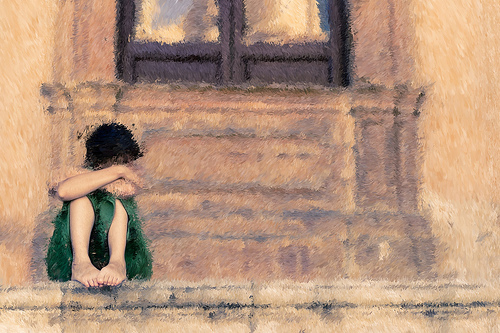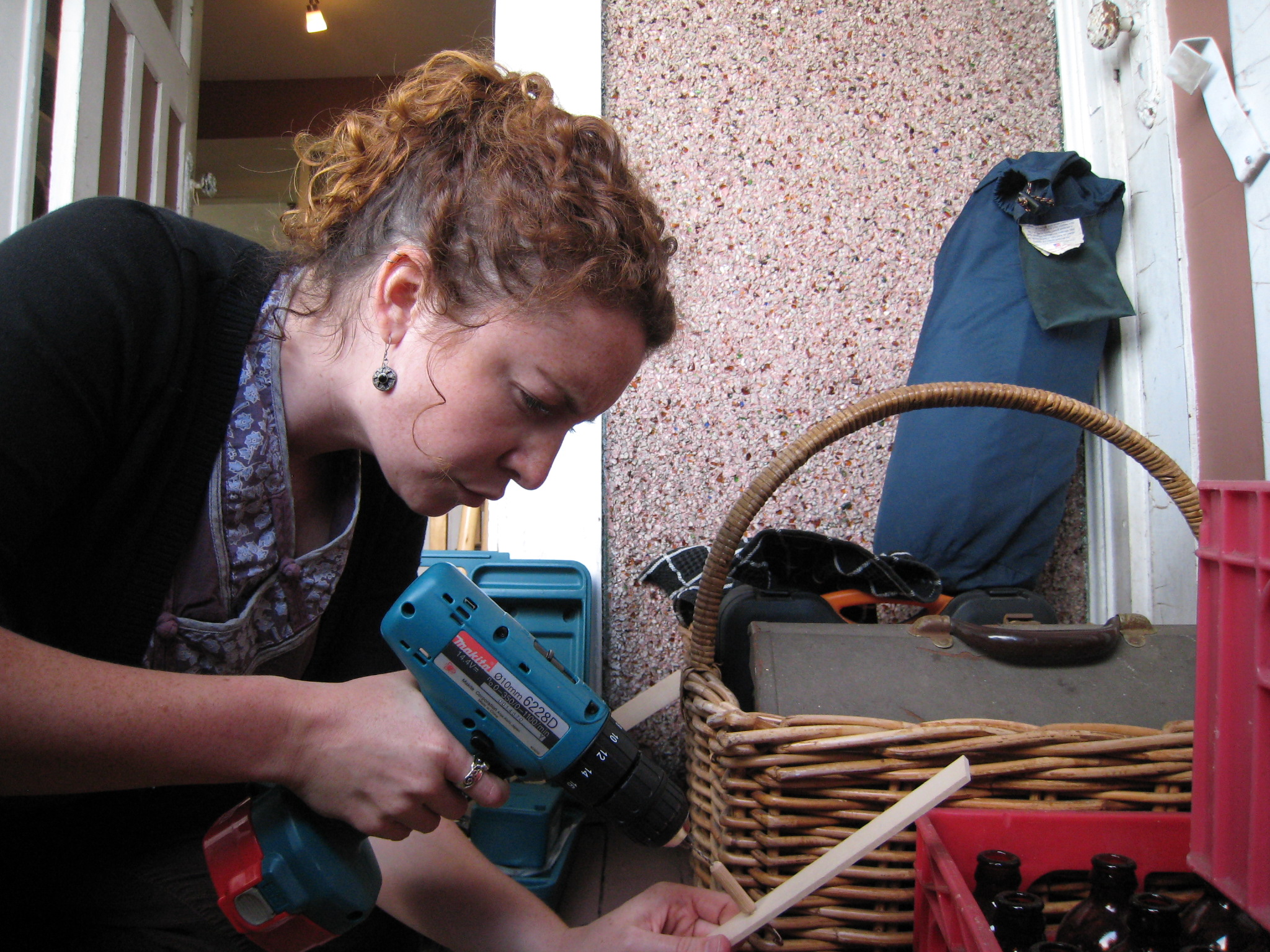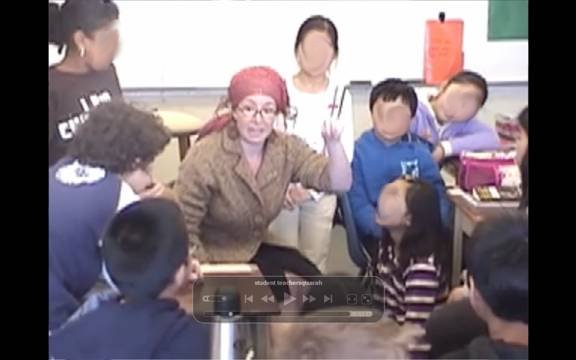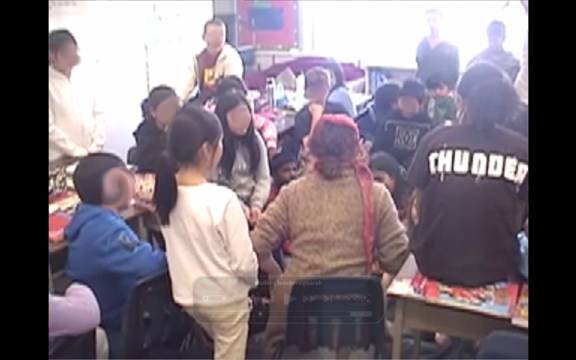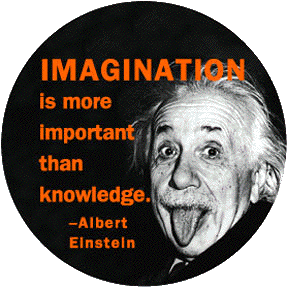ARTIFACT: CLASS PRESENTATION ON DREIKURS’ THEORIES
When Morgan (name has been changed) came into my classroom halfway through June, I could tell he had been through pure hell. His “street sense” was like nothing I’d ever seen in a child his age. The majority of the 12-year-olds I’d encountered were not focused on surviving the next move, being handed off to another family member, or not knowing where they were going to be living from weekend to weekend. I instantly took to Morgan in a way that, as an educator, seemed beyond any part of my job description. I recognized in myself the notion of caring for all students, but in this case, I wanted to make everything right for this child, short of calling the authorities to find the safest home for him. I hesitated because I had a feeling that meddling in Morgan’s affairs without any actual proof if his troubles would result in a lengthy and potentially-ineffective legal mess. For that reason, I attempted to make his school hours as positive and nurturing as possible – even though it was like pulling teeth to get him to do any work. He clearly had other priorities.
Morgan’s presence had a fascinating effect on how I approached the rest of the class. I had a hunch that the structure he was receiving at school, thought foreign to his roaming way of life, was probably a good thing for him to be exposed to. As much as he resisted the work he was being asked to do, he seemed very relaxed in the safe environment and with a schedule that he didn’t need to make for himself. Knowing that he was benefiting in some way from the shape of the school day, I also had the feeling of not wanting to rock to boat (i.e., giving him too much work, asking him to be quiet too many times, requiring too much effort from him) for fear that he would not show up the next day. It changed the way I saw the other kids in my class who came from families where school was not an option, but a requirement. With any behaviours that they brought in the door, I could justify any method of dealing with them because I knew it would be a process – with Morgan, it felt like I had only one chance at making things right, or else I would lose him.
I was reminded of Dreikurs’ theories about behavioural issues I had researched for a case study. (Please click here for presentation on theories of behavioural motivatons and encouragement.) The more I got to know Morgan, the more I recognized some of Dreikurs’ basic ideas about behaviour: “Students are social being and have a desire to belong;” “Student’s misbehaviour is the result of faulty reasoning on how to gain recognition;” and “Students who feel a sense of inequality will think ‘If I hurt, then I will have to make others hurt.’”* In seeing all of these characteristics in one person, I found myself naturally seeking every possible way to convince him that he was valued.
There was, of course, the added sense of urgency to dealing with Morgan’s behaviours. As I mentioned previously, I was never sure if I’d see him the following day at school, so I made an extra effort to have an unlimited amount of faith in his abilities. I often questioned if I was spending too much time working with him, but I truly felt that he needed my attention the most. I relied on Dreikurs’ concept about being attentive and encouraging at every opportunity to help Morgan increase his confidence in himself. It was a different type of confidence than the rest of my class – where their confidence was transferred to the science exam or sports field, Morgan needed the confidence in his ability to stay positive in hard situations. It would be the only way that he would healthfully make it through his adolescence.
Morgan did not show up the last week of school. Every morning I walked in hoping he would be there, but I was never surprised when his desk remained empty. At least I can say I tried to give him as much encouragement as he was capable of accepting, but I still feel a sense of utter loss and lack of accomplishment on my part. If anything, this situation did more than just open my eyes to the unfair situations that find their way into classrooms, it invited me to never overlook how important encouragement can be in a child’s life. If there was one thing I hope he took away from my having taught him for two weeks, it is that Morgan was closer to learning his own value.
*Dreikurs, R., Cassel, P., & Ferguson, E. D. (2004). Discipline without tears, Revised Edition. Hoboken, NJ: John Wiley & Sons, Inc.
